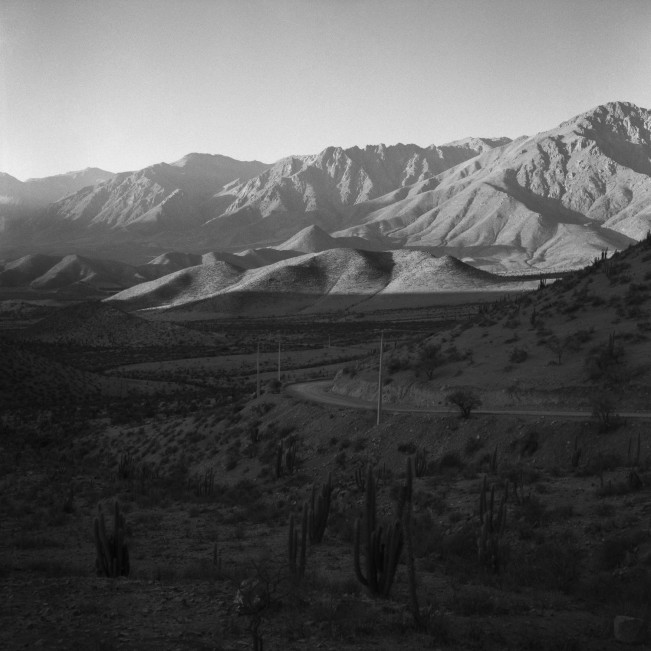
The Artistic Vision of Nan Goldin: Exploring Celestial Themes

# Nan Goldin’s “You Never Did Anything Wrong”: Art as a Portal to Transcendence
Art has always been a medium for profound reflection, offering glimpses into different worlds and emotional dimensions. One exhibition that immerses its audience in such experiences is *Nan Goldin: You Never Did Anything Wrong*, currently being showcased at Gagosian Gallery in New York. Centered around the concept of transcendence—both in terms of personal memories and aesthetic raptures—the show transforms everyday imagery into deeply resonant, myth-like narratives that challenge our typical experiences of viewing art.
## A Transformation of Self-Consciousness
One of the defining emotions people often encounter when stepping into a gallery or museum is a heightened self-consciousness—a sense of suddenly becoming hyper-aware of how they are engaging with the art in front of them. This self-awareness can sometimes feel inescapable, blocking deeper, more intimate connections with the pieces on display. Yet paradoxically, walking into Goldin’s exhibition, visitors may find themselves unexpectedly shedding this self-consciousness, almost as if entering into a sanctuary.
The exhibition’s layout and design play a significant role in this. Goldin’s works are presented in custom-designed pavilions that resemble ceremonial huts, dark and round, promoting an aura of intimacy and separation from the outside world. These enclosures—co-designed with French-Lebanese architect Hala Wardé—draw viewers inside, offering a space where the outside world fades away, leaving only the artwork and its emotions to engage with.
## The Eclipsing of Worlds: Films as Anchors
Several works act as the emotional and thematic anchors of the show, most notably *You Never Did Anything Wrong, Part 1* (2024) and *Stendhal Syndrome* (2024). These pieces combine footage shot in various locations, including a solar eclipse and diverse animals, imbued with haunting visuals and symbolism. However, the centerpiece of the exhibition is *Stendhal Syndrome*, a film that melds Goldin’s decades of personal photographs with museum masterpieces from collections like the Louvre and the Galleria Borghese in Rome. By merging her intimate life experiences with some of the most revered pieces of art history, Goldin creates “chimeric” moments—fantasy-like hybrids that blend worlds.
The works explore how art can serve as a powerful vessel for not just viewing but experiencing life. The resemblance between the people in Goldin’s photographs—friends, family, and lovers—and the figures in museum masterpieces creates an almost mythological storyline, where human connections mingle with the grandeur of art history. Narrated by the artist against a moving soundtrack by Soundwalk Collective, the pairing immerses viewers in a sweeping narrative, illustrating six classical Ovid myths. Goldin’s autobiography morphs into a universal fable, bridging personal memory with cultural heritage.
## The Phenomenon of Art-Induced Rapture: Stendhal Syndrome
The exhibition is named after the medical term *Stendhal Syndrome*, coined after the 19th-century French novelist Stendhal (Marie-Henri Beyle), who experienced overwhelming dizziness and heart palpitations when confronted with the sheer beauty of certain artworks, most notably Il Volterrano’s frescoes at the Santa Croce Basilica in Florence. His experience has become synonymous with intense emotional and physical responses to art—essentially, when beauty becomes almost unbearable.
Interestingly, both Goldin and Stendhal share a complex relationship with the self-awareness that emerges when we view art. Many believe that to reach true artistic transcendence—the kind that results in phenomena like Stendhal Syndrome—one must entirely relinquish self-consciousness. However, Goldin seems to argue the opposite: that self-awareness itself can be the catalyst to transcendence, an emotional portal that allows viewers to fully immerse in the experience.
Stendhal himself reflects a similar sentiment in his writings. His ecstatic reaction to art, described as “celestial sensations,” was not only born from the beauty of the artworks but from the idea that he, as a person, was in the presence of them. The very self-recognition of “Here I am, in Florence, viewing art” contributed to the euphoric experience. Goldin builds on this theme by layering her own deep emotional attachments—instilled in the faces of her loved ones—with the renowned masterpieces she analogizes them to in her film.
## Looking Under the Gaze: Scopophilia and Vulnerability
Throughout the exhibition, Goldin also delves into the power of the gaze—both hers and ours as the audience. She is keenly aware of the act of looking, a theme she enriches with her discussion of *scopophilia*—the idea that looking brings intense desire and fulfillment, adding another layer of complexity to the exhibition. But Goldin’s narrative sheds light on the potential dangers of looking as well. As she recounts mythological stories like